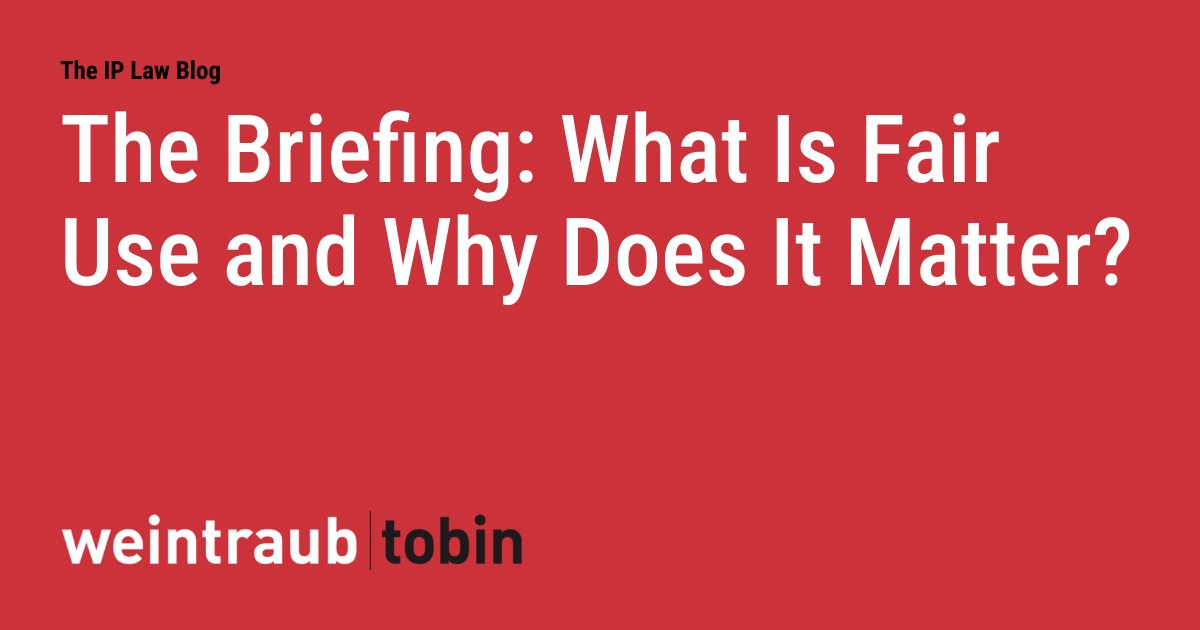
"Copyright law can be complex, particularly the concept of fair use which often confuses creators. A transformative use is one that adds new expression or meaning."
"Credit is not sufficient protection in fair use claims; creators must ensure their usage genuinely transforms the original work to avoid infringement."
"Recent court rulings, particularly the Warhol v. Goldsmith case, have clarified and potentially shifted understandings of transformative use, affecting how artists and creators can use existing works."
"Creators should be aware of guidelines and best practices to stay compliant with copyright law, especially in creative endeavors that involve existing media."
Fair use in copyright law is often misunderstood by creators. Transformative use, which adds new expression or meaning to the original work, is a key factor. Simply giving credit to an original creator does not safeguard against infringement. Recent court cases, such as Warhol v. Goldsmith, have influenced the interpretation of transformative use. Compliance with copyright law requires creators to understand their rights and guidelines to avoid legal pitfalls while using existing media in their work.
Read at The IP Law Blog
Unable to calculate read time
Collection
[
|
...
]